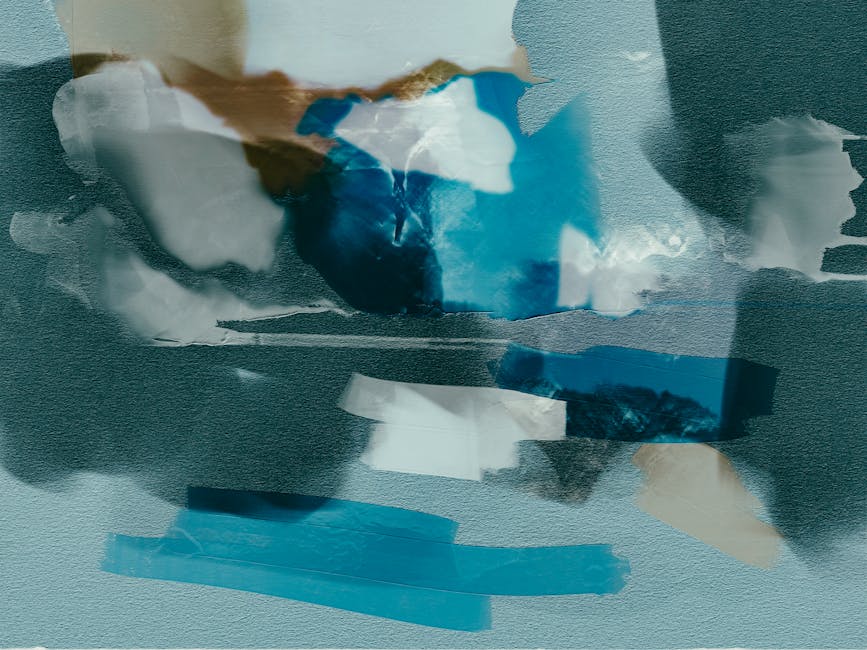Unlocking the Elegance: A Deep Dive into the World of Art Deco Designers
Art Deco, a design movement that flourished in the 1920s and 30s, continues to captivate audiences with its geometric precision, luxurious materials, and inherent glamour. More than just a fleeting style, Art Deco represents a specific cultural moment, reflecting a sense of optimism, technological advancement, and streamlined modernity. Understanding the creative minds behind this iconic era—the Art Deco designers—is crucial to appreciating its lasting influence on architecture, furniture, fashion, and graphic design. This comprehensive guide explores the key figures, their distinct styles, and the enduring legacy of their work.

The Pioneers: Shaping the Art Deco Aesthetic
The Art Deco movement wasn’t the product of a single individual but rather a confluence of artistic and cultural trends. Several key figures, however, played pivotal roles in defining its aesthetic principles and pushing its boundaries. These early pioneers laid the foundation upon which countless others built, shaping the distinctive features that continue to define Art Deco today.
Tamara de Lempicka: The Queen of Art Deco Painting
Beyond her captivating portraits, Tamara de Lempicka’s distinctive style, characterized by sharp lines, geometric forms, and a cool, almost detached aesthetic, perfectly embodies the Art Deco spirit. Her use of bold colors and metallic highlights, combined with her meticulous attention to detail, helped establish the movement’s visual vocabulary.
René Lalique: Master of Glass and Jewelry
René Lalique, a renowned glassmaker and jeweler, contributed significantly to Art Deco’s luxurious and opulent side. His exquisite creations, featuring flowing lines, intricate detailing, and the incorporation of natural motifs, epitomized the era’s fascination with both craftsmanship and technological innovation. His influence extends beyond jewelry, impacting the design of perfume bottles, lighting fixtures, and other decorative objects.
Jacques Ruhlmann: The Architect of Luxury Furniture
Jacques Ruhlmann stands as a prominent figure in Art Deco furniture design. His pieces, crafted from exotic woods and inlaid with precious materials, showcase the movement’s emphasis on high-quality materials and meticulous craftsmanship. Ruhlmann’s furniture, often characterized by its sleek lines, geometric patterns, and elegant simplicity, represents the pinnacle of Art Deco luxury.
Expanding the Canvas: Diverse Expressions of Art Deco Design
The Art Deco movement extended far beyond painting, jewelry, and furniture. Its influence permeated numerous aspects of design, resulting in a diverse range of styles and interpretations. From the soaring skyscrapers of New York City to the streamlined automobiles of the era, Art Deco left an indelible mark on the world’s visual landscape.
Architecture: Reaching for the Sky
Art Deco architecture is characterized by its bold geometric forms, stepped setbacks, and the extensive use of ornamentation. Iconic buildings like the Chrysler Building and the Empire State Building stand as testament to the movement’s ability to capture the spirit of a rapidly modernizing world. These structures, with their soaring heights and stylized decorations, represented a new era of ambition and technological prowess.
Graphic Design: Style and Substance
Art Deco’s influence on graphic design is equally significant. The movement’s emphasis on clean lines, geometric patterns, and bold typography found its way into posters, advertisements, and book illustrations. The use of sans-serif fonts, vibrant colors, and stylized imagery helped define the visual language of the era, shaping the way brands presented themselves to the public.
Fashion: Streamlined Elegance
Art Deco fashion reflected the movement’s emphasis on sleekness, simplicity, and geometric shapes. Bias-cut gowns, dropped waistlines, and the use of luxurious fabrics like silk and satin were hallmarks of Art Deco fashion. The emphasis on functionality combined with elegance created a style that is both timeless and distinctly modern.
The Enduring Legacy: Art Deco’s Continued Influence
Despite its association with a specific historical period, the Art Deco aesthetic continues to resonate with contemporary designers and audiences alike. Its enduring appeal stems from its ability to seamlessly blend elegance, sophistication, and modernity. Many aspects of Art Deco design have been reinterpreted and incorporated into contemporary projects, demonstrating its continuing influence.
Modern Interpretations: A Timeless Style
Contemporary designers frequently draw inspiration from Art Deco principles, incorporating its geometric forms, streamlined silhouettes, and luxurious materials into modern designs. This reinterpretation demonstrates the versatility and enduring appeal of the Art Deco aesthetic. From furniture and lighting to interior design and graphic design, Art Deco motifs continue to find their place in modern creations.

The Art Deco Revival: A Celebration of Style
The ongoing appreciation for Art Deco is evidenced by the frequent resurgence of interest in the movement’s key figures and designs. Museums, exhibitions, and books devoted to Art Deco continue to attract large audiences, demonstrating a sustained fascination with its history, style, and cultural significance. This persistent interest ensures that the legacy of Art Deco designers will continue to inspire for generations to come.
Identifying Authentic Art Deco Design: A Collector’s Guide
For collectors and enthusiasts, identifying authentic Art Deco pieces requires a keen eye for detail. Understanding the key characteristics of the style is crucial in discerning genuine articles from imitations. Several key elements help identify authentic Art Deco design.
- Geometric Forms: The prevalence of geometric shapes, including zigzags, chevrons, and sunbursts.
- Streamlined Silhouettes: A focus on smooth, curved lines and a sense of aerodynamic elegance.
- Luxurious Materials: The use of high-quality materials like chrome, lacquer, exotic woods, and precious stones.
- Bold Typography: The use of stylized and often geometric fonts in graphic design and advertising.
- Stylized Imagery: The incorporation of stylized depictions of nature, modern technology, and geometric patterns.
By carefully examining these elements, collectors can develop a discerning eye for authentic Art Deco design, appreciating the craftsmanship and artistry behind these iconic pieces.

